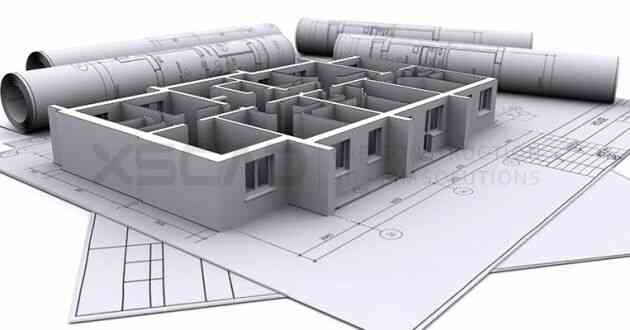Enhancing Green Architecture: The Role Of Steel In Sustainable Construction
- - Category: Constrution
- - 30 Apr, 2024
- - Views: 6
- Save
Steel is proving to be an excellent material for construction due to its durability, versatility, and green advantages
When it comes to constructing commercial buildings, the materials used can have a significant impact on the environment. One material that is gaining popularity for its sustainability and environmental benefits is steel. Steel is not only durable and versatile but also has a range of environmental advantages that make it an excellent choice for commercial building projects. In this blog post, we will explore the environmental benefits of using steel in commercial building projects.
Recyclability
One of the key environmental benefits of using steel in commercial building projects is its recyclability. Steel is one of the most recycled materials on the planet, with a recycling rate of around 90%. This means that steel can be reused over and over again without losing its quality or strength. By using recycled steel in construction projects, builders can reduce their carbon footprint and minimize waste going to landfills.
Energy Efficiency
Steel buildings are known for their energy efficiency due to their ability to be easily insulated and sealed tightly. This helps reduce energy consumption for heating and cooling, leading to lower energy bills and reduced greenhouse gas emissions. Additionally, steel's reflective properties can help reduce solar heat gain, further lowering the need for air conditioning in warmer climates.
Durability
Steel is incredibly durable and resistant to a wide range of environmental factors such as extreme weather conditions, pests, and fire. This durability means that steel buildings have a longer lifespan compared to traditional construction materials, reducing the need for frequent repairs or replacements. The longevity of steel structures helps minimize resource consumption and waste generation over time.
Reduced Construction Time
Another environmental benefit of using steel in commercial building projects is the reduction in construction time compared to traditional materials like concrete or wood. Steel structures are prefabricated off-site, allowing for quicker assembly on-site. This not only reduces construction-related pollution but also minimizes disruption to surrounding ecosystems and communities during the building process.
Sustainable Design Options
Steel offers architects and designers a wide range of sustainable design options that can further enhance the environmental performance of commercial buildings. From incorporating green roofs and solar panels to optimizing natural lighting and ventilation, commercial steel buildings provide flexibility in creating eco-friendly spaces that promote occupant well-being while minimizing resource consumption.
In conclusion, using steel in commercial building projects offers a multitude of environmental benefits that contribute to a more sustainable construction industry. From recyclability and energy efficiency to durability and reduced construction time, steel proves to be an environmentally friendly choice for developers looking to minimize their impact on the planet. By embracing steel as a primary building material, we can create greener structures that not only stand the test of time but also prioritize our collective responsibility towards preserving our environment for future generations.


